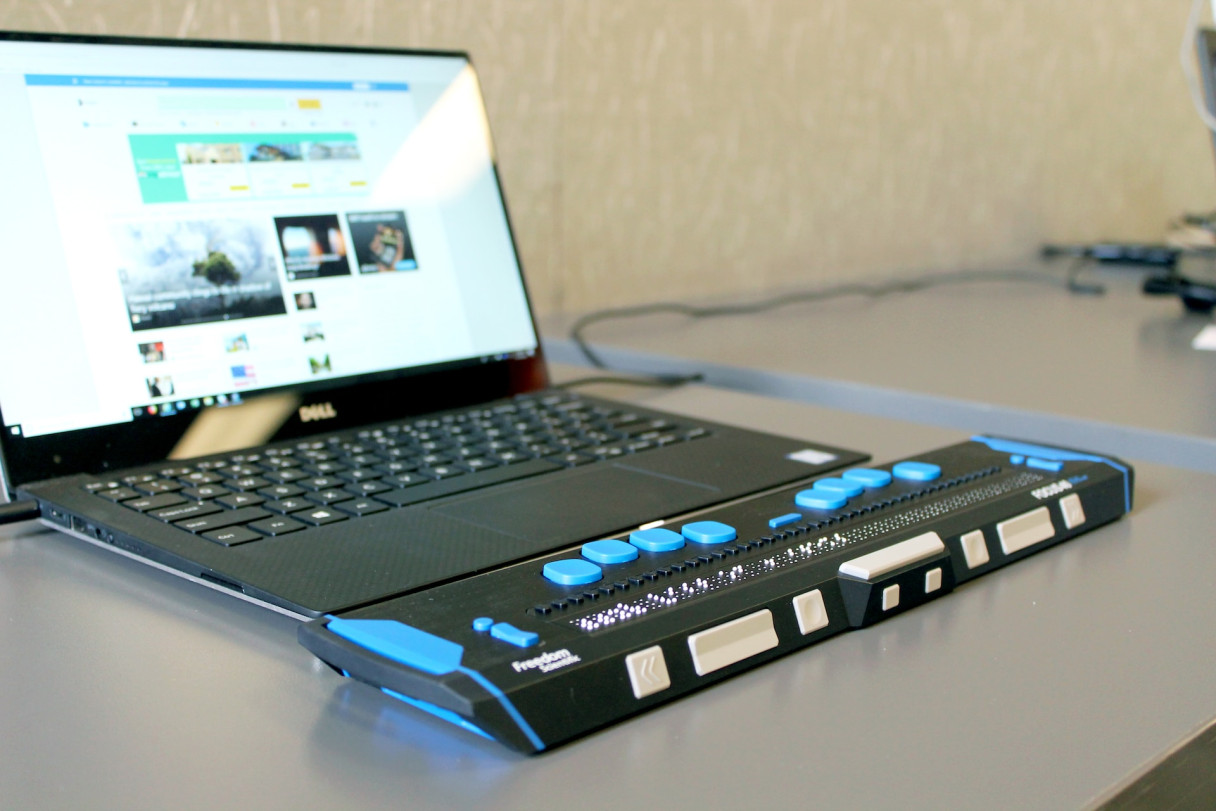
The recent release of Web Content Accessibility Guidelines (WCAG) version 2.2 by the W3C Accessibility Guidelines Working Group on October 5, 2023, is a major advancement in digital inclusivity. This updated version introduces nine new success criteria, each thoughtfully designed to address specific challenges faced by users who experience disability with mobility, cognition, and vision. They are (drumroll please)...
A Level
- 3.2.6 Consistent Help (A): Help features across multiple pages must be in a consistent location, for example having a Help link at the top right of the viewport on every page.
- 3.3.7 Redundant Entry (A): Users should not have to enter the same information more than once in a session. Exceptions can be made when essential, security-related, or when previously entered information is invalid. This is especially important for ecommerce sites to note, where this situation is quite likely. Example: Provide an option to re-use an address by clicking a checkbox rather than re-typing the same information. Exception example: When a user must enter a new password twice for validation.
AA Level
- 2.4.11 Focus Not Obscured (AA): A focus indicator — the visual method used to tell you when an element is selected — must remain at least partially visible when navigating by keyboard. The focused element must not be obscured in full or part. Common culprits that obscure focus are cookie consent banners, sticky headers, submenus, and chat widgets. (It can be somewhat tricky to ensure this doesn’t happen.)
- 2.5.7 Dragging Movements (AA): Drag and drop must not be the only way to perform an action — an alternate pointer (clicking) method must also be available. For example, list reordering must have alternative interfaces like buttons or scroll bars.
- 2.5.8 Target Size (Minimum) (AA): Buttons, icons, horizontally spaced links, and other interactive elements must be a minimum size AND have a minimum touch area of 24x24px, ensuring accessibility across interfaces. Exceptions exist for certain elements, like links in the middle of a block of text.
- 3.3.8 Accessible Authentication (Minimum) (AA): Authentication tests should not require cognitive effort, as with memory tests, puzzle-solving, or transcription, unless accompanied by an alternate non-cognitive method. Recognition of common objects is allowed at this level but, for example, math problems are not. It’s crucial to note that this requirement extends to logins, forgot password and multi-factor authentication processes. The increasingly popular prompt to “Enter your email and we’ll send you a login link” meets this criteria.
AAA Level
- 2.4.12 Focus Not Obscured (Enhanced) (AAA): Same as 2.4.11, but focus indicators are required to be fully rather than only partially visible.
- 2.4.13 Focus Appearance (Enhanced) (AAA): Focus indicators must be at least as large as the unfocused element plus a two-pixel perimeter, and have a minimum 3:1 contrast ratio between pixels in the unfocused and focused state.
- 3.3.9 Accessible Authentication (Enhanced) (AAA): Same as 3.3.8, but authentication tests should not require any cognitive effort. At this level, a test of recognition of common objects is not acceptable. If this applies to you, let’s talk about your options.
These new criteria represent a significant stride towards a more accessible digital world.
By specifically addressing the needs of individuals with mobility, cognitive, and visual impairments, these guidelines ensure that websites and applications are more inclusive and user-friendly. As digital information and services become ever more the norm, adhering to these criteria not only fosters inclusivity but also provides a seamless and enriching experience for users of all abilities.
Websites that previously met WCAG 2.1 guidelines may need to be updated in order to meet the new 2.2 criteria. Hop Studios can assist you with testing, strategy, or straight up fixes in this important space, so please get in touch with us if you are unsure in any way about your site’s accessibility.
[This post was written with assistance from ChatGPT]